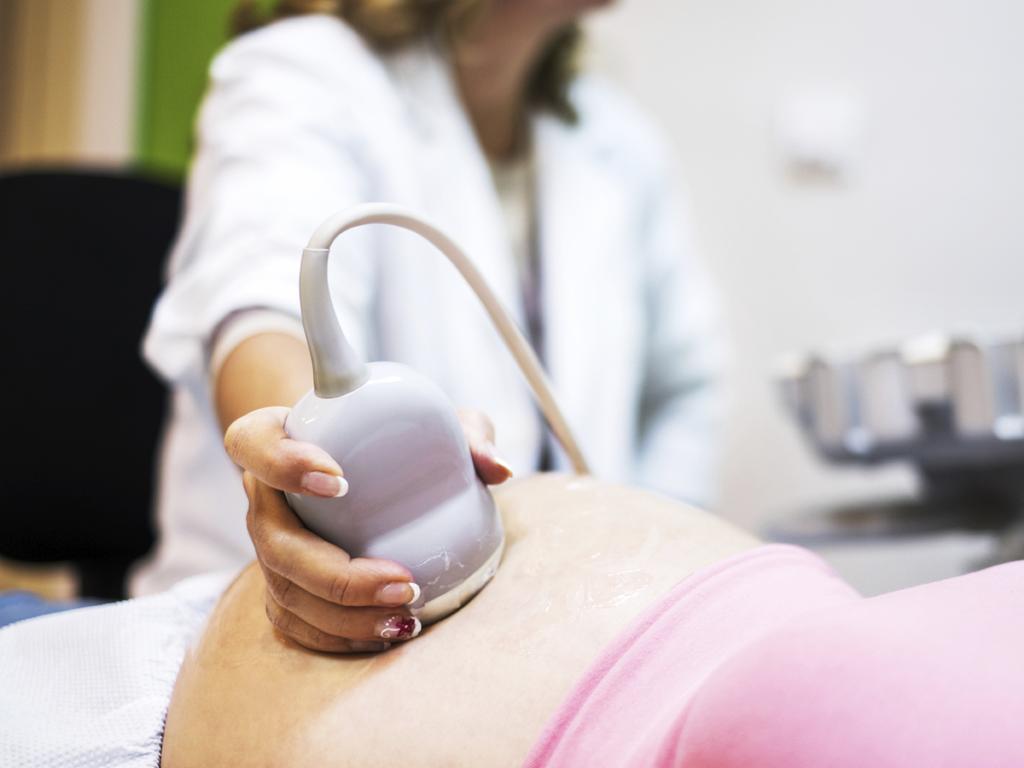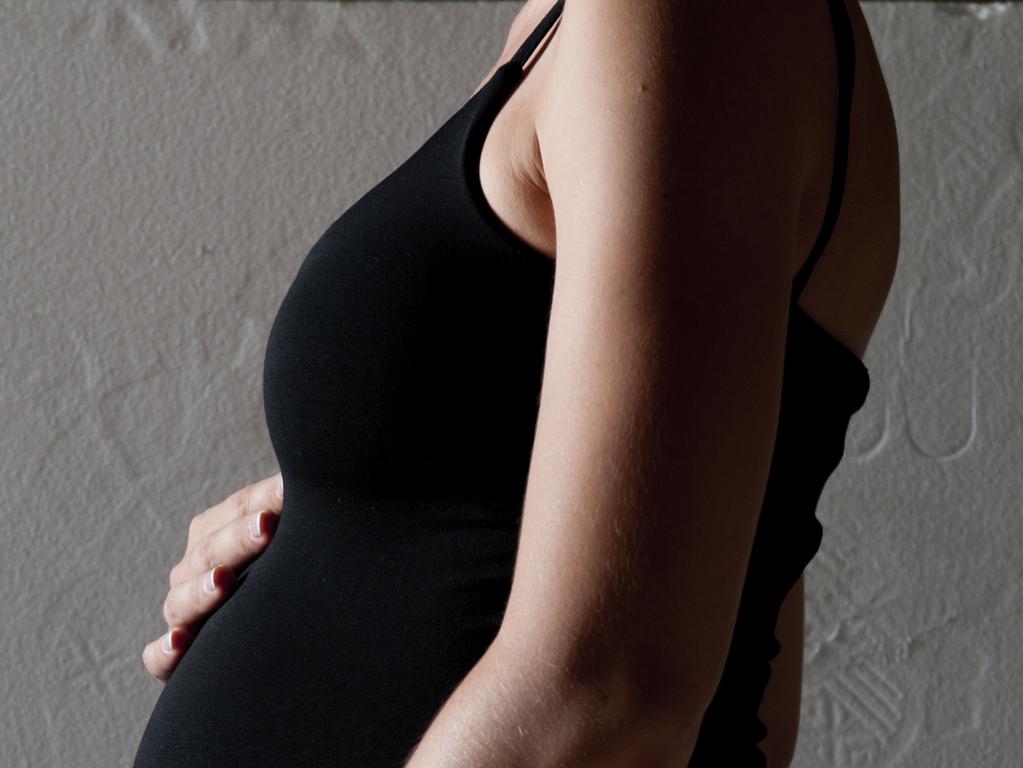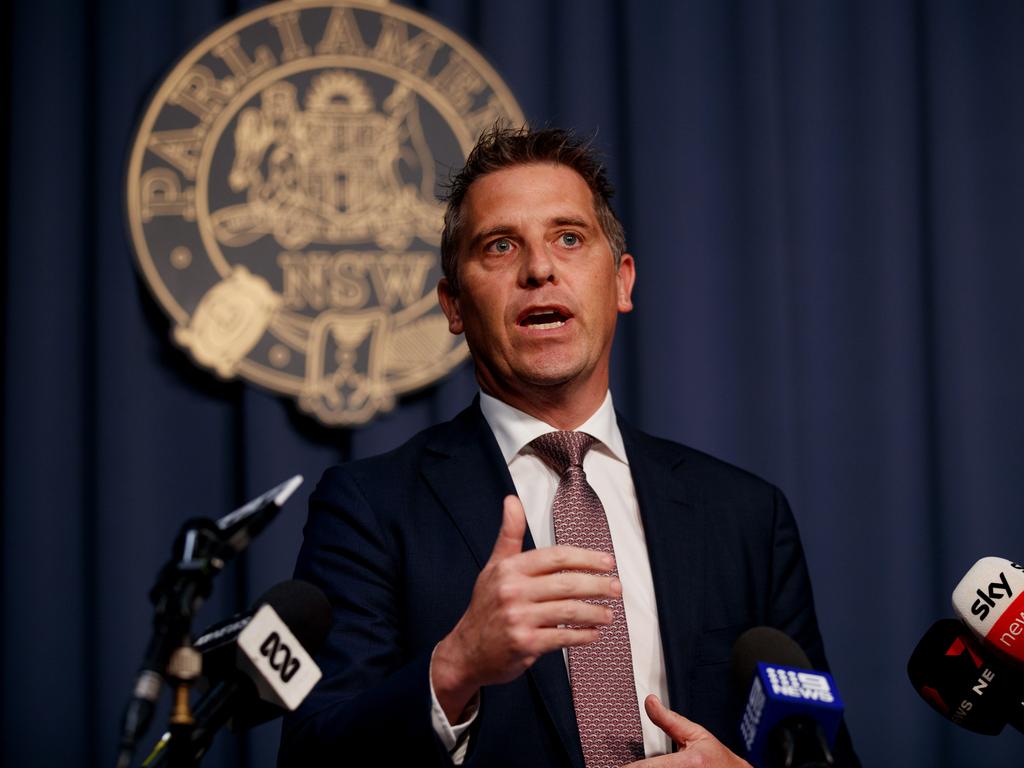NSW Health Minister to announce a new Pregnancy Connect initiative aimed at making health care better and more accessible for pregnant women
A new government initiative plans to make it easier for women in rural and regional areas of the state to access health care during pregnancy.
Women and their babies in rural and regional NSW will soon have better and earlier access to pregnancy care as part of a new multimillion-dollar government scheme.
The Pregnancy Connect initiative will ensure women have early access to specialist maternity care closer to home, particularly for women in rural and regional areas.
Services will focus on virtual care, the safe transfer of women who need higher levels of care, and antenatal care available earlier and more regularly for women with high risks to their health and wellbeing during pregnancy.
The program, supported by an ongoing annual investment of $6.19m, will connect health services in rural and regional areas that are often centralised in metropolitan areas.

Pregnancy Connect Care Coordinator Jodie Adams said the program isn’t just about maternity services, with mental health, drug and alcohol, social work, and Aboriginal or Torres Strait Islander resources also being prioritised.
“It’s about tailoring the services to the woman: that right care, right place, right time,” she said.
Early intervention care is another key focus of the initiative, with Ms Adams saying: “preventive care is always the best”.
“We want (women) to have the best outcomes, and we know we can deliver that for them if we give them care in their communities with people they trust, that is in a continuity of care settings so they’re not retelling their story all the time,” she said.
The program will also aim to bring help to women rather than relying on transfers to metropolitan hospitals, which can cause women to feel “disconnected and become very stressed”.
“Often we’re doing that (transfers) because we’re at the pointy end of the crisis and we’re needing to intervene … things have not gone well for whatever reason, so we want to avoid that from happening in the first place,” Ms Adams said.

“We’re trying to provide care for women as close to home as possible and connect them into those services, whether that’s high risk obstetric care or neonatal consultations.”
Associate Professor Sean Seeho, who specialises in Clinical Academic Obstetrics and Gynaecology at Northern Sydney Local Health District, called it a great initiative given maternity health outcomes for women are worse the further you are from a metropolitan hospital.
“It would be fair to say that most maternity outcomes are worse in rural and remote areas compared to metropolitan areas,” he said.
“I think this program has to reduce the inequality in maternity care as the women in our state unfortunately experience.”
Women in remote areas are twice as likely to attend their first antenatal visit after 20 weeks of pregnancy.
A 2022 report by the Australian Institute of Health and Wellbeing found 15 per cent of women in remote areas attended visits after 20 weeks compared to just 8.4 per cent of women in metro areas.
NSW Health Minister Ryan Park is set to announce the new program on Monday at the First 2000 Days 2024 Symposium hosted by NSW Health, which explores the importance of a child’s first 2000 days of life (from conception to age five), and early experiences.

Mr Park said the program will make a “big difference” on health outcomes as the government is “committed to building a healthy foundation that lasts a lifetime”.
“Through Pregnancy Connect, we will improve access to specialist care close to home for women during pregnancy,” he said.
The move has opened up 20 new roles for full time equivalent midwives (12 positions) and obstetricians (eight positions), with recruitment underway.
The program will be run by the midwives and obstetricians, improving support in existing regional and rural maternity clinics.
In addition, having specialist obstetricians available to give advice could reduce the sense of isolation among staff.
“This initiative is an investment in our midwifery and obstetric workforce and will see a boost to staff numbers in every local health district,” Mr Park said.
“By working together and directing our efforts to better support children and their families, we can make a big difference and improve long term health outcomes for everyone.”



